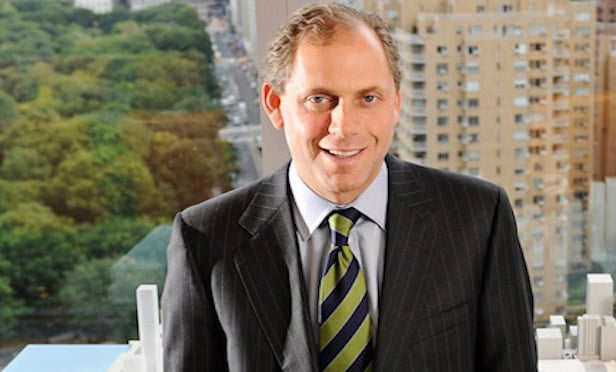NEW YORK CITY—CEO turnover among REITs has been relatively low during the past two years, yet when change has occurred at the top, the results have been mixed. That's due in part to the fact that the circumstances behind the leadership transitions have been anything but uniform, as a special report from Fitch Ratings makes clear.
Twenty-five of the 166 REITs that Fitch studies have changed CEOs or announced changes since Jan. 1, 2013, Fitch says, for a 5% annual turnover rate compared to the S&P 500 average of 11% per year. In 14 of those instances, the transition has been orderly as the CEO stepped down or retired, simultaneous with the REIT announcing a non-interim successor. The 11 instances in which this did not occur, however, sometimes led to what the ratings agency called “strategic uncertainties.”
Arguably the highest-profile recent example was the CEO succession at American Realty Capital Properties: a non-interim CEO succeeded by an interim chief executive and then a permanent replacement in the personage of Glenn Rufrano, all within less than six months. “Ironically, this unplanned succession follows a well-telegraphed planned succession by the company's former executive chairman, Nicholas Schorsch, who hired David S. Kay as CEO,” according to the Fitch report.
Already a onetime REIT CEO as well as honcho at Cushman & Wakefield and, most recently, O'Connor Capital Partners, Rufrano was asked to take the reins at ARCP following a tumultuous period that began last October, when the net lease REIT revealed accounting irregularities in recent quarterly earnings reports. The company's CFO and chief accounting officer were replaced the same day; a few weeks later, Schorsch, his hand-picked successor Kay and company president Lisa Beeson all stepped down. Rufrano assumes his new post April 1, succeeding interim CEO William Stanley, the REIT's lead independent director.
“Rufano's hiring is an example of both an unplanned succession and one by an outsider,” according to the Fitch report. The new CEO's outsider status, the report adds, “will help his efforts in establishing a new culture at ARCP.”
By contrast, Lauralee Martin's October '13 appointment as president and CEO at healthcare REIT HCP Inc. illustrates the merits of elevating an insider to the top spot, Fitch says. Formerly Americas CEO at Jones Lang LaSalle, Martin had served on HCP's board for five years before succeeding James Flaherty in two of his three roles: he had served as the REIT's chairman as well.
“HCP's transition is an instance of an issuer with demonstrated conservative policies; thus, as an insider, Martin's appointment indicated continuity in the strategies,” according to the Fitch report. “Moreover, the changes resulted in a separation of the roles of CEO and chairman, thus improving governance on the margin.”
Following the issuance of Fitch's report on Wednesday, another REIT CEO transition was announced, this time with one man taking on duties formerly divided between two. Starwood Waypoint Residential Trust said Wednesday afternoon that co-CEO Doug Brien would become the single-family rental REIT's sole CEO as co-CEO Gary Beasley resigned to pursue other opportunities. Brien and Beasley had shared CEO duties since the REIT's spinoff from Starwood Property Trust in 2014.
“Senior leadership is an important qualitative factor in an issuer's credit ratings,” according to Fitch's report. In evaluating REITs, the ratings agency says it considers “management's financial discipline, strategy and experience, ability to balance the sometimes opposing interests of various constituencies and willingness and track record of issuing equity.”
During CEO transitions, “Fitch examines whether successors are insiders, because this factor is tied to corporate governance and, therefore, the company's credit profile. Issuers with strong governance and performance may benefit from the continuity of an insider assuming the CEO role. Conversely, companies with operating or financial weaknesses may benefit from new strategic perspective.”
© Touchpoint Markets, All Rights Reserved. Request academic re-use from www.copyright.com. All other uses, submit a request to [email protected]. For more inforrmation visit Asset & Logo Licensing.






